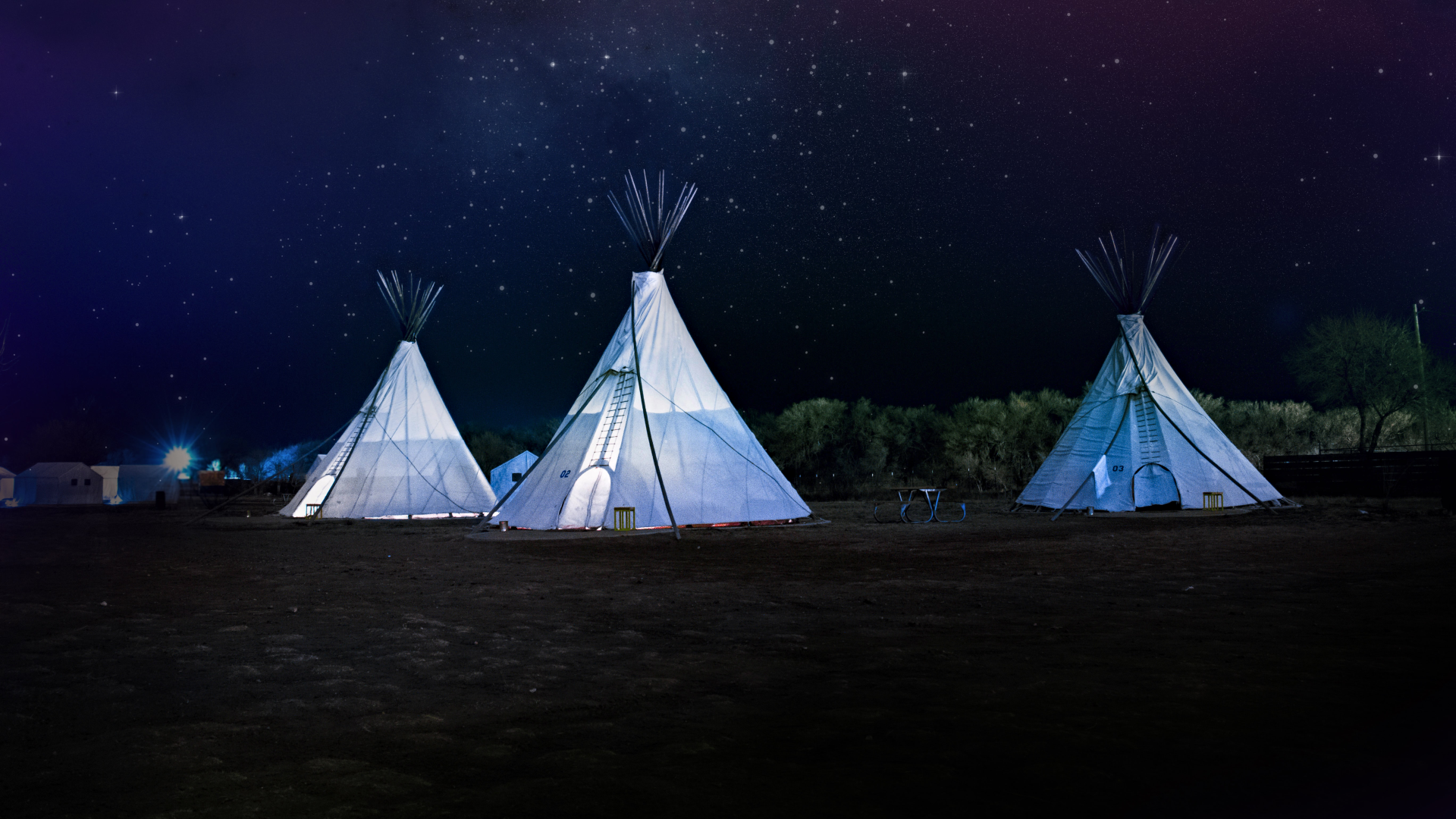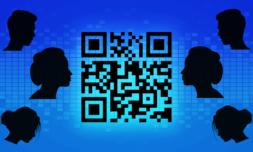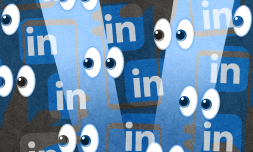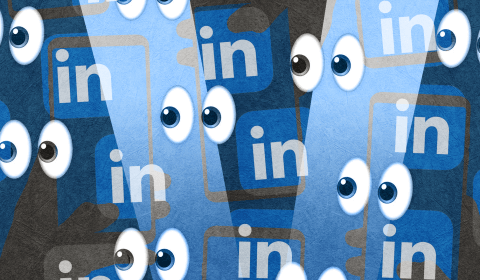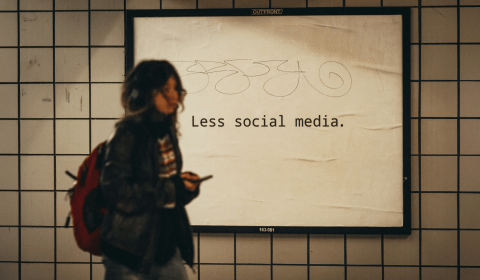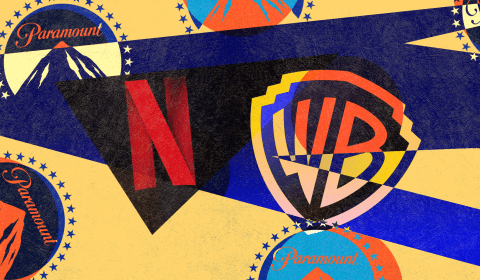Only half of households on US tribal lands have any kind of internet service. Biden’s $1bn grant proposal hopes to bring digital inclusion, telehealth, and distance learning to all natives who want it.
The digital divide between those living in major conurbations and those within tribal lands has stunted America’s push for an equal opportunity society for generations.
Estimates from the US Commerce Department claim only half the nation’s native communities are connected to some form of broadband, while several remote areas lack even the most basic cell phone reception.
In a time where internet services are not just important but essential, thanks to social complications imposed by Covid, those under-connected are being under-served on multiple fronts.
It’s for this reason that Joe Biden and his administration are pledging to improve broadband infrastructure for all native communities outside of mainland America – provided they want it.
Over the next year, native Americans, Alaskans, and Hawaiians will be eligible to apply for a slice of a $1bn USD grant to support what is being called a ‘digital inclusion’ drive.
#NEWS: @VP, @SecRaimondo, and @SecDebHaaland announced today the availability of nearly $1 billion in U.S. Department of Commerce’s @NTIAgov grants to expand broadband access and adoption on Tribal land: https://t.co/melZZoaXpl pic.twitter.com/xxUIefJyh4
— U.S. Commerce Dept. (@CommerceGov) June 3, 2021
This will involve the installation and maintenance of cellular infrastructure and internet in off-grid areas. The mission objective, to bolster workplace development, telehealth, and remote learning – and to close the digital disparity between the ‘haves’ and ‘have nots.’
On that last point, industry shakeups spurred by the pandemic previously closed schools and colleges across the country for months. In that time, students from tribal lands had to travel









